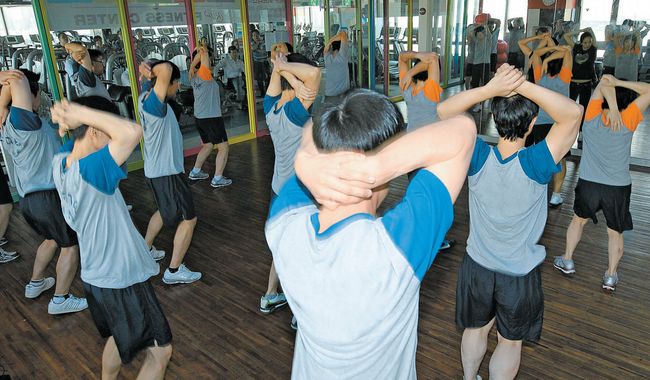 You may find it surprising, but stretching before workouts may have negative effects depending on what exercise you choose. Depending on the intensity of exercise, warming up should also be intensified to prevent injuries. Here are ways to warm up effectively before workouts.
You may find it surprising, but stretching before workouts may have negative effects depending on what exercise you choose. Depending on the intensity of exercise, warming up should also be intensified to prevent injuries. Here are ways to warm up effectively before workouts.
It is never too much to stress the importance of warming up. 10 minutes of warming up before exercise increases your body temperature and muscle metabolism and decreases possibility of injury. Exercising intensely and suddenly increases the probability of acute diseases by raising heart rate and blood pressure in a short term. Therefore warming up the whole body, starting from further to closer to heart, is necessary.
The most common warming up method is stretching. There are different kinds of stretching methods, such as static, dynamic, ballistic, and PNF. Static stretching, which is extending of the targeted muscle group to its maximal point and holding it for 30 seconds or more, is the most common stretching technique. Static stretching technique is easy and effective to prepare your muscles before you go into more intense workout routines.
However, static stretching is not the ideal solution for all exercise. Especially when you’re planning to run, cycle, or do anything intense, static stretches are not enough. At the same time, there is a study result saying that static stretches decrease muscular strength and momentary strength of your body. This result can be explained with increased flexibility, which can cause joints and muscles to loosen the supportive strength. Researchers comment that stretching should not go over 45 seconds in order to reduce the possibility of negative effects. However, this does not mean that static stretching methods should be avoided all the time. Experts say that static stretching should by following some lighter circulations exercises which enable body temperature to rise. Also, static stretching method is effective after muscles are activated, so it is recommended when cooling down after workout.
When your exercise involves much movement, dynamic stretching method is recommended. Dynamic stretching requires the use of continuous movement patterns that mimic the exercise or sport to be performed, enabling your body to move soother. Depending on your choice of exercise, static stretching and dynamic stretching can be combined.
Breathing also is important when stretching. When doing static stretching, exhale as you stretch and breath normally as you stop. For dynamic stretching method, rhythmical breathing that follows in accordance to movement is helpful.
Original document available from http://www.koreadaily.com/news/read.asp?art_id=4048263
Translated by Heewon Kim




